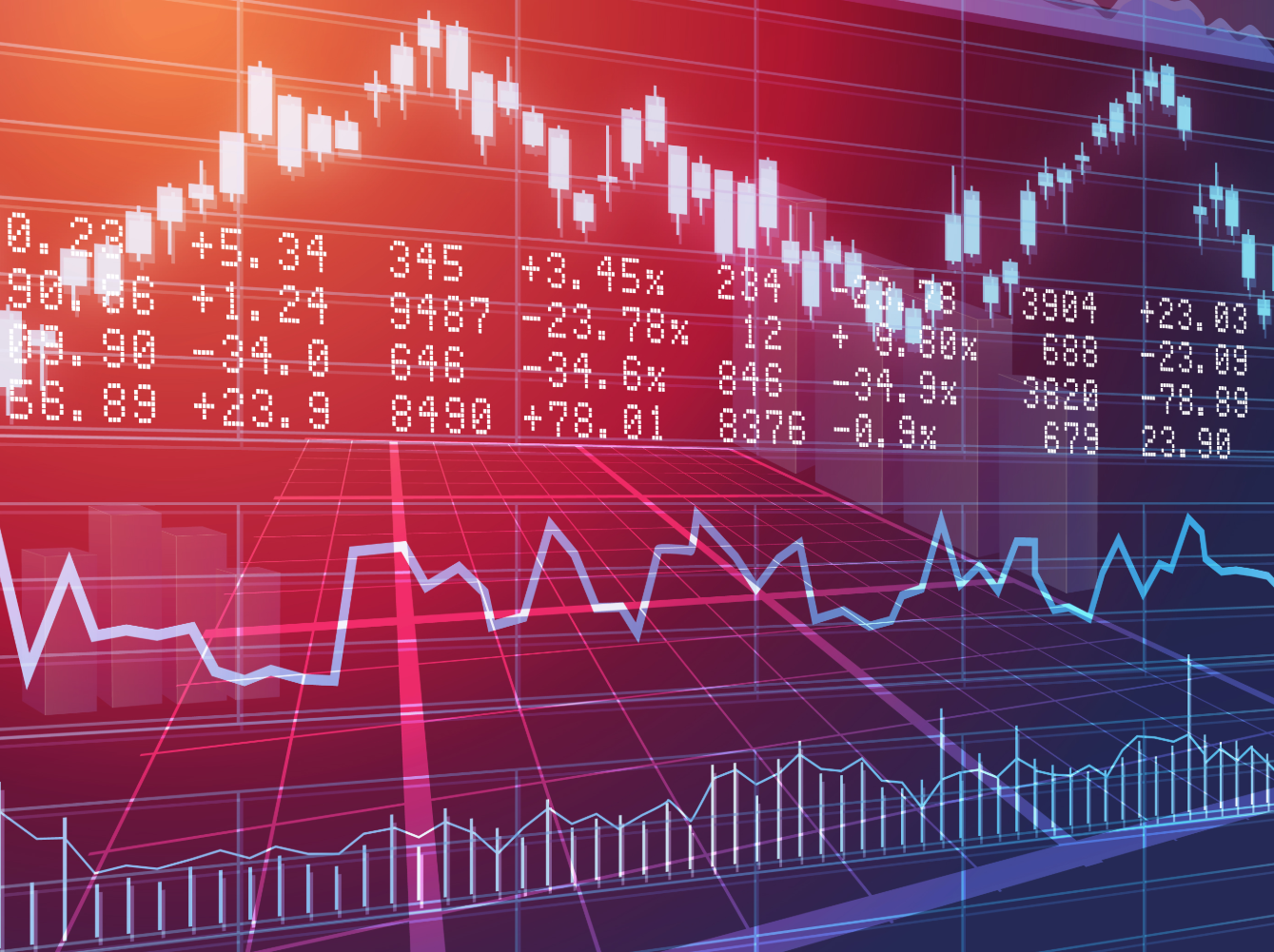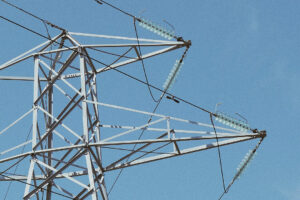Strong demand for PHL’s first sustainability Samurai bond

THE PHILIPPINES’ maiden issuance of sustainability bonds in Japan attracted strong demand, which Finance Secretary Carlos G. Dominguez III said reflects increasing investor confidence in the country’s commitment to climate change mitigation.
The Philippines on Tuesday raised 70.1 billion Japanese yen or P29 billion from an offering of four-tranche sustainability bonds. The bonds had five-year, seven-year, 10-year and 20-year tenors.
This is the country’s first environmental, social, and governance (ESG) bond in the Samurai bond market. Proceeds will be used to fund projects for sustainable development and climate change mitigation.
Last month, the Philippines raised $1 billion in green sustainability bonds from a US bond offering, which was part of a triple-tranche bond totaling $2.25 billion.
“Following a successful US Dollar transaction, the Republic has once again exhibited investor appetite for Philippine financial instruments despite the current market volatilities with its successful issuance of the sovereign’s first-ever ESG Samurai bonds. This is testament to the international appreciation of, and confidence in, the government’s strong commitment to climate change mitigation and adaptation initiatives and to deepening its domestic sustainable finance market,” Mr. Dominguez said in a statement.
With the new bond deal, this brings the country’s total foreign commercial borrowings to $2.8 billion. It targets to borrow $7 billion this year.
“This maiden issuance of sustainability bonds in the Japanese market shows the ever-growing investor confidence in the Philippines and its commitment to advance green and social initiatives, even amidst compounding market uncertainties. The transaction also marks the first long-tenor Samurai offering of the Republic,” Finance Undersecretary Mark Dennis Y.C. Joven said in the same statement.
The Treasury said the five-year tenor of the Samurai bonds raised P21.48 billion with a coupon rate of 0.76%. This re-offer price is 60 basis points (bps) higher than the Tokyo Overnight Average (TONA) rate, the benchmark used in Japan for government securities.
The re-offer price is the rate at which a bank sells the public a bond it has purchased from a bond issuer.
The seven-year bonds generated P2.06 billion at a coupon rate of 0.95%. The re-offer price is 70 bps higher than the benchmark rate, while the 10-year bonds raised P2.93 billion at a coupon rate of 1.22%, the re-offer price is 85 bps higher than the benchmark rate.
Lastly, the 20-year bonds raised P2.48 billion at a coupon rate of 1.83%, with the re-offer rate 115 bps higher than the benchmark rate.
“Amid market volatility and rising geopolitical tensions, this landmark Samurai transaction has demonstrated the Republic’s ability to price tighter than current secondary levels and extend the maturity to the long-end of the curve,” National Treasurer Rosalia V. de Leon said.
The bonds were rated “Baa2” by Moody’s Investor’s Service, “BBB+” by S&P Global Ratings, and “A-” by the Japan Credit Rating Agency.
The deal is expected to be settled on April 22.
The maturity dates for the five-, seven-, 10-, and 20-year bonds are on April 22,2027; April 20, 2029; April 22, 2032; and April 22, 2042, respectively.
SMBC Nikko Securities, Inc. and Mitsubishi UFJ Morgan Stanley Securities Co., Ltd. acted as lead managers for the bond deal.
In January, the country established a Sustainable Finance Framework, detailing how green, social, and sustainability bonds are raised, and how they are to be used for eligible green and social projects.
Eligible projects include access to essential services, affordable housing, food security, clean transportation, climate change mitigation, and renewable energy.
Last year, the Philippines pledged to reduce greenhouse gas emissions by 75% by 2030.
The government is looking to raise P2.2 trillion ($42 billion) to plug its budget deficit this year, about 75% of which is to be sourced from the domestic market, while the rest will come from overseas. — Tobias Jared Tomas




